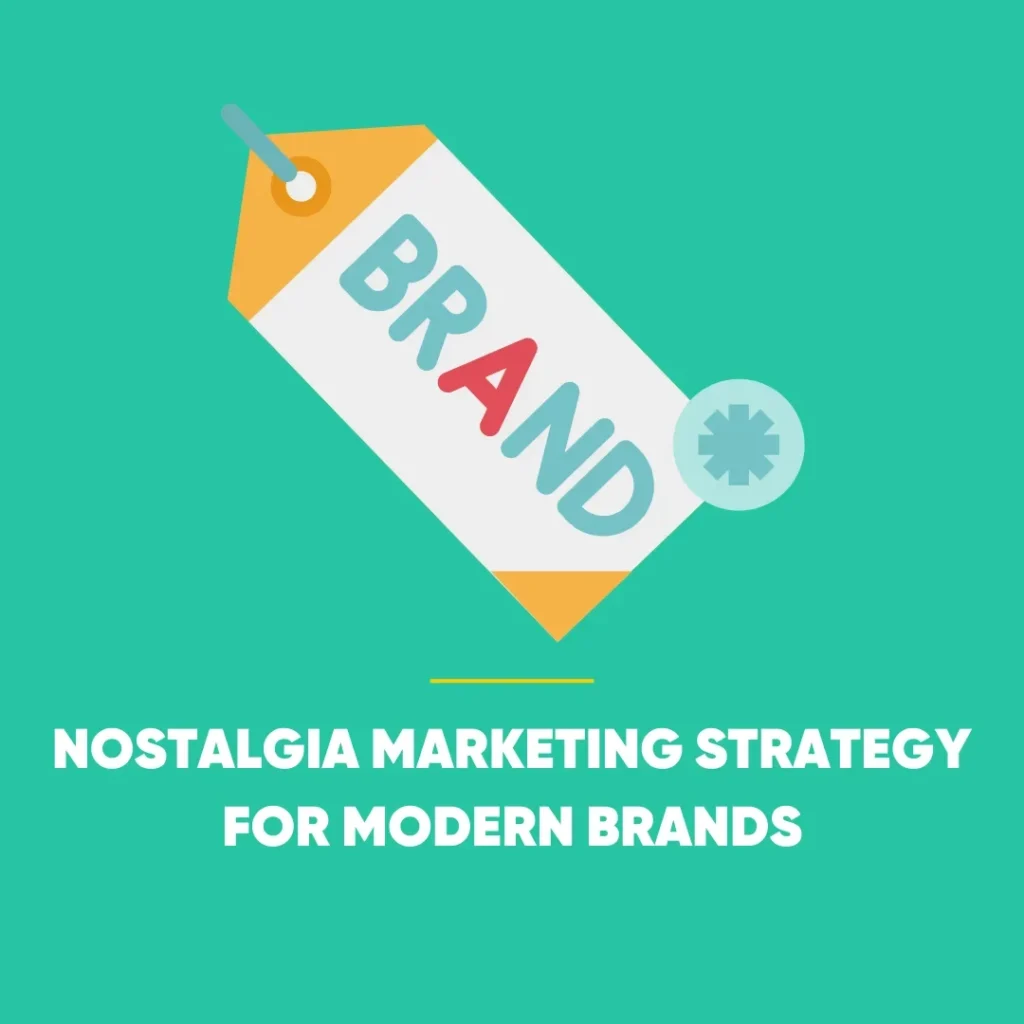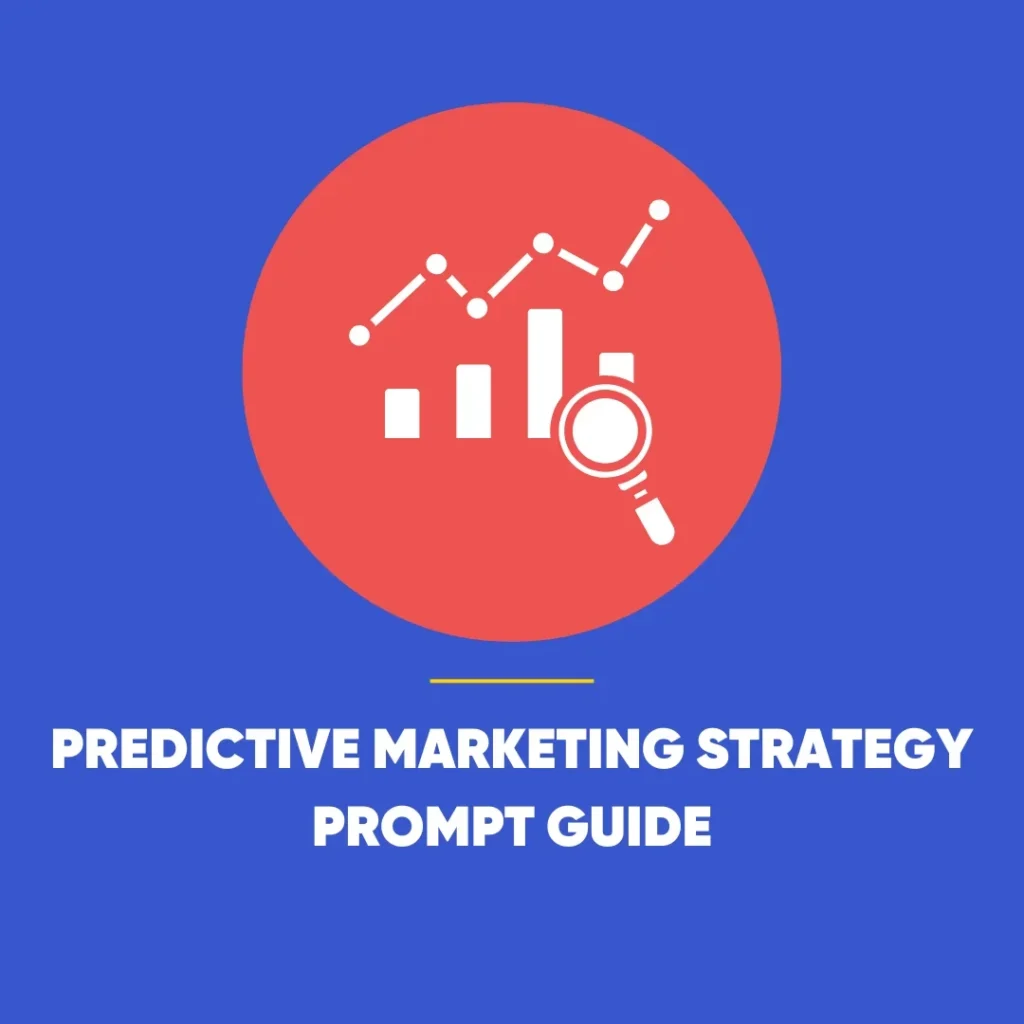Facebook Marketing Essentials: A Beginner’s Guide
In today’s digital age, mastering Facebook marketing essentials has become a powerful tool for businesses looking to expand their reach and engage with potential customers. Among the vast array of social media marketing platforms, Facebook stands out as the most popular, boasting over 3 billion active monthly users. This enormous user base presents a significant opportunity for marketers; therefore, they can connect with diverse audiences and promote their products or services effectively.
If you’re new to Facebook marketing, the process may seem overwhelming. However, with a structured approach and an understanding of the tools at your disposal, you can leverage Facebook’s features to enhance your marketing efforts. This comprehensive guide will walk you through the essentials of Facebook marketing, focusing on Facebook Ads and Groups, to help you create a successful strategy.
Key Insights
- Extensive Reach: With billions of daily users, Facebook Ads and Groups offer excellent opportunities to connect with a vast audience.
- Targeted Advertising: Facebook Ads allow you to target specific demographics, interests, and behaviours, making it easier to reach your ideal customers.
- Engaging Content: Crafting compelling ad content with captivating visuals, videos, and interactive features can drive user engagement.
- Performance Monitoring: Regularly tracking and adjusting your ad performance is crucial for optimising your campaigns.
- Budget Management: Facebook Ads Manager provides tools to set and manage your budget effectively, ensuring the best possible return on investment (ROI).
What Is Facebook Marketing?
Facebook marketing essentials encompasses various strategies and tools used to promote a business on the platform. These include:
Facebook Ads
Facebook Ads are a versatile tool for reaching your target audience with tailored messages. They come in various formats and can be precisely targeted based on user demographics, interests, and behaviours; therefore, you can tailor your approach more effectively.
Business Pages
A Facebook Business Page allows you to create a presence for your company; additionally, you can share updates, engage with followers, and promote your products or services.
Facebook Marketplace
To sumamrise, Facebook Marketplace is an online platform where businesses can list products for sale, offering a convenient way for users to shop locally.
Facebook Groups
Creating or joining Facebook Groups can help you engage with a community of like-minded individuals or potential customers, fostering discussions and sharing relevant content.
Facebook marketing is adaptable to different budgets, whether you use free strategies or invest in paid advertising. Understanding Facebook marketing essentials will help you maximise your results.
Why Use Facebook Marketing?
The benefits of Facebook marketing are substantial. Over 91% of businesses are already on the platform, and approximately 2 billion users log in daily, with 59% of them interacting with brands.
Audience Engagement
Businesses are actively using Facebook to connect with customers, and the platform is a key touchpoint for many users. Failing to establish a presence on Facebook means missing out on valuable engagement opportunities; therefore, it is crucial to build your presence there.
Shopping Trends
In the United States, nearly 20% of shoppers use Facebook as their initial source when searching for products. By marketing on Facebook, you can increase visibility and attract potential customers to your brand.
Exploring Facebook Ads
Facebook offers various ad formats, each suited to different marketing goals and strategies. Understanding these options will help you choose the best approach for your campaign; consequently, your strategy will be more effective.
Image Ads
Image ads feature a single, eye-catching image with accompanying text and a headline. They are ideal for showcasing products or services; furthermore, they can include calls to action (CTAs) to drive user engagement.
Video Ads
Video ads capture attention through dynamic content, such as product demonstrations or company stories. They are effective for conveying detailed information and creating an immersive experience.
Carousel Ads
Carousel ads allow users to swipe through a series of images or videos. This format is particularly useful for displaying multiple products or different aspects of a single product.
Collection Ads
Collection ads feature a main video or image with additional smaller images below. They are ideal for presenting a range of products from your catalog in a visually appealing manner; thus, they align with Facebook marketing essentials.
Slideshow Ads
Slideshow ads are a cost-effective way to create video-like content; similarly, they use a sequence of static images or short video clips. They consume less data, making them accessible to users with varying internet speeds.
Instant Experience Ads
Previously known as Canvas ads, Instant Experience ads offer a full-screen, interactive experience on mobile devices. They can include a mix of images, videos, and carousels, making them suitable for storytelling and engaging users.
Lead Ads
Lead ads simplify the process of collecting user information by displaying a pre-populated form when users tap on the ad. This format is effective for generating leads and sign-ups.
Dynamic Ads
Dynamic ads automatically show products or services based on users’ previous interactions, utilising Facebook marketing essentials for better targeting. They are particularly useful for retargeting users who have previously shown interest in your offerings.
Messenger Ads
Messenger ads appear within the Messenger app, encouraging users to initiate conversations and interact with your business.
Stories Ads
Stories ads are full-screen, immersive ads that appear between users’ Stories on Facebook and Instagram; consequently, they offer a highly engaging experience. They provide a visually engaging way to capture attention.
Getting Started with Facebook Ads
To make the most of Facebook Ads, you’ll need to follow several key steps to set up and manage your campaigns effectively.
1. Create a Meta (Facebook) Business Manager Account
Begin by setting up a Meta (Facebook) Business Manager account at business.facebook.com. This account provides access to tools for managing and creating ads. If you already have an account, log in; then, select “Create ad account” to get started.
2. Define Your Campaign Objective
Determine the goal of your ad campaign by selecting an objective that aligns with your marketing strategy. Objectives can include increasing messages, website visits, Page likes, leads, calls, or visits. Starting with simpler ads can help you understand the platform; furthermore, it allows you to refine your approach more effectively.
3. Identify Your Target Audience
Effective targeting is crucial for reaching the right consumers; moreover, it ensures that you apply Facebook marketing essentials effectively. Define your target audience based on factors such as gender, age, location, and language. Further refine your audience by considering user behaviours and interests to increase the relevance of your ads.
4. Create Engaging Ad Content
Your Facebook ad should include three key elements: visuals, text, and an action button. Use high-quality images or videos that capture attention; moreover, ensure they complement the accompanying text. The action button should guide users towards the desired outcome, such as visiting your website or making a purchase.
5. Set Your Budget and Schedule
You can set either a daily or lifetime budget for your ad campaign. A daily budget allows for average spending per day, while a lifetime budget covers the entire campaign duration. You can also schedule your ads to run during specific times or time zones to reach your audience when they are most active.
6. Choose Your Ad Placements
Decide where your ad will appear, such as on Facebook, Instagram, Messenger, or a combination of these platforms. For beginners, using Advantage+ placement (formerly automatic placement) lets Facebook determine the most effective placements for your ads.
7. Launch Your Ad Campaign
Review your ad settings and preview your ad to ensure everything looks as intended. Once satisfied, click “Publish.” Facebook will review your ad to ensure compliance with its policies. Check the Delivery column in Ads Manager to track the status of your ad and ensure you’re following Facebook marketing essentials.
8. Monitor and Optimise Your Campaign
Ongoing monitoring is essential for optimising your ad performance. Use Ads Manager to track metrics such as clicks, engagement, and demographics. Adjust your strategy based on these insights to improve results; furthermore, this will help maximise your return on investment.
Tips for Crafting Effective Facebook Ads
To create compelling Facebook ads, keep these tips in mind:
- Quality Visuals: Use high-resolution, visually appealing images to make a strong first impression.
- Clear Value Proposition: Highlight what makes your product or service unique.
- Minimalist Design: Avoid cluttered graphics to ensure your message is easily understood.
- Strong CTA: Include a clear and compelling call to action to drive user engagement.
- Product Demonstration: Showcase your products in use to make them more relatable.
- User-Generated Content: Incorporate content created by users to build community and trust.
- Mobile Optimisation: Ensure your visuals and videos are formatted for vertical display on mobile devices.
- A/B Testing: Test different ad versions to identify what resonates best with your audience.
Tracking the Success of Your Facebook Marketing Campaign
Regular tracking and analysis are crucial for assessing the effectiveness of your Facebook marketing efforts; otherwise, you may miss key insights. Follow these steps to measure and improve your campaign performance:
1. Set Clear Goals
Establish clear, achievable goals and key performance indicators (KPIs) such as click-through rates (CTR), conversion rates, and return on ad spend (ROAS). This will help you measure the success of your campaigns accurately; thus, you can make more informed adjustments.
2. Monitor Performance Metrics
Use Ads Manager to track metrics like impressions, clicks, and engagement for each ad. All in all, this data will provide insights into how well your ads are performing.
3. Track Financial Performance
Evaluate your ad spend and return on investment using metrics such as conversion rate and cost-per-conversion. Adjust your budget and strategy as needed to optimise financial performance.
4. Analyse Audience Insights
Review ad performance to gain insights into your target audience’s demographics, interests, and behaviours; consequently, this will help you tailor your marketing strategy more effectively. Use this information to refine your targeting and improve ad relevance, applying Facebook marketing essentials to optimise your strategy.
5. Conduct A/B Tests
Create different ad versions to determine which performs best with various audience segments. A/B testing helps optimise your ads based on real-world data; moreover, it enables you to refine your approach and enhance overall campaign effectiveness.
6. Utilise Meta Pixel
Meta Pixel is a tracking tool that helps monitor user actions on your website following ad interactions. Subsequently, it provides valuable data for refining your targeting and measuring campaign effectiveness.
7. Review Campaign Reports
Regularly review insights in Ads Manager to evaluate ad performance and identify areas for improvement, ensuring that you are implementing Facebook marketing essentials effectively. Moreover, adjust your campaigns based on these insights to enhance results.
8. Adjust Your Campaigns
Use the data and insights gathered to optimise your ads and strategies. This may include increasing ad spend, refining targeting, or exploring new ad formats; additionally, these strategies can enhance overall campaign performance. Additionally, these actions can significantly enhance your campaign’s effectiveness.
Conclusion
If your target audience is on Facebook, it’s worth incorporating Facebook marketing into your overall strategy. For example, experiment with various ad types, monitor your performance closely, and make adjustments based on the data to ensure your campaigns are effective. Even with a limited budget, you can leverage Facebook Pages and Groups to drive traffic, nurture leads, and ultimately increase sales over time. In fact, by understanding and utilising Facebook’s tools and features, you can apply Facebook marketing essentials. Consequently, you will create a robust marketing strategy that delivers meaningful results.









